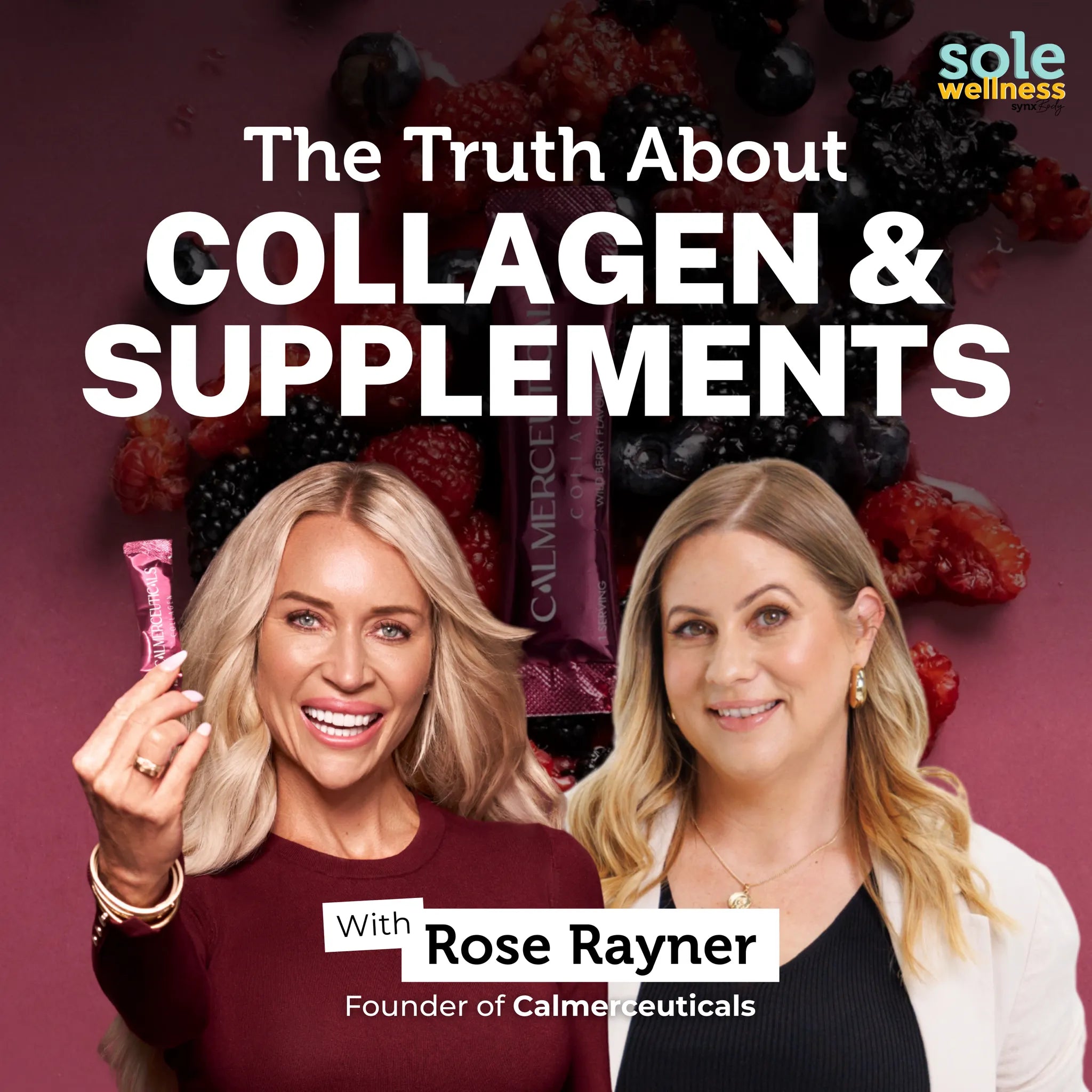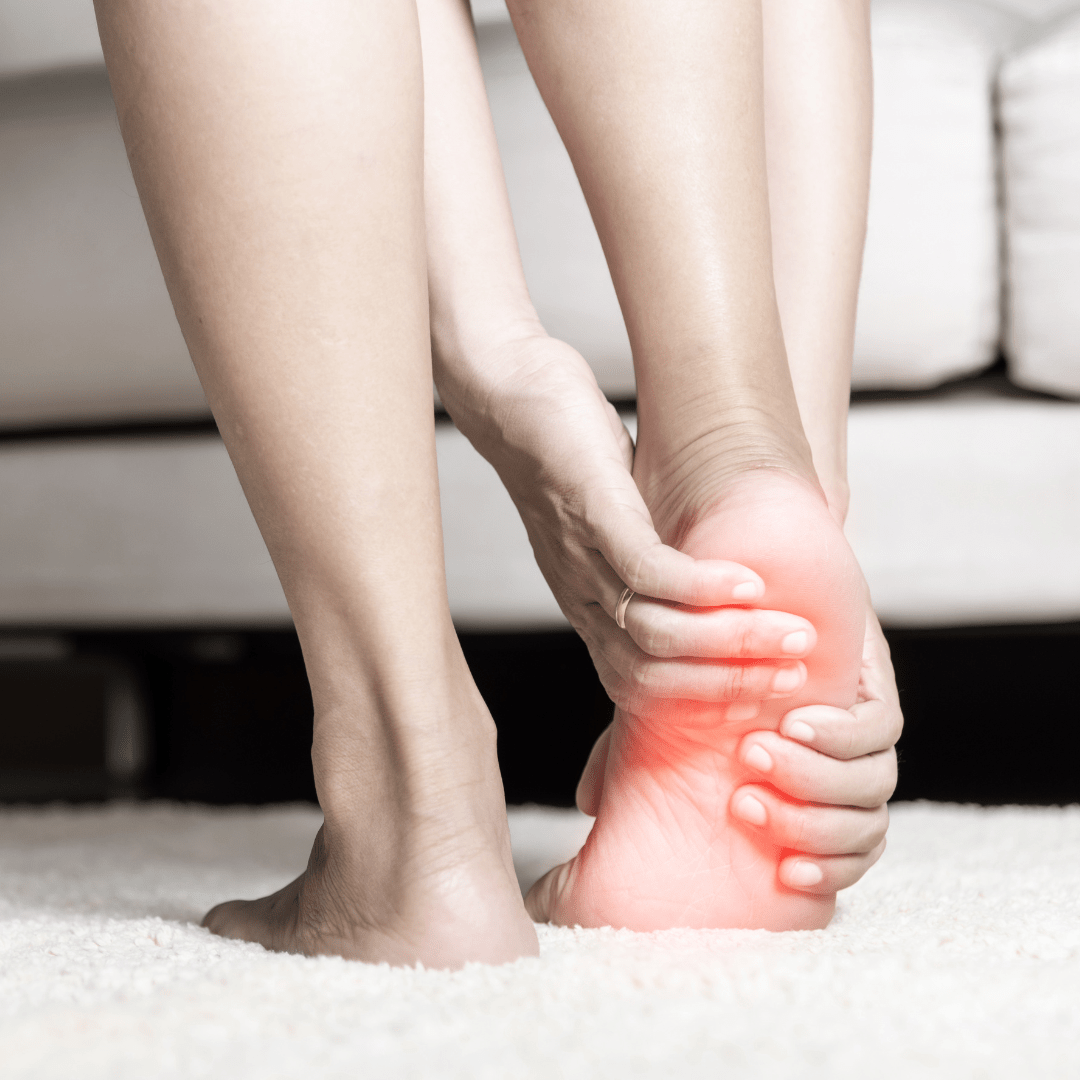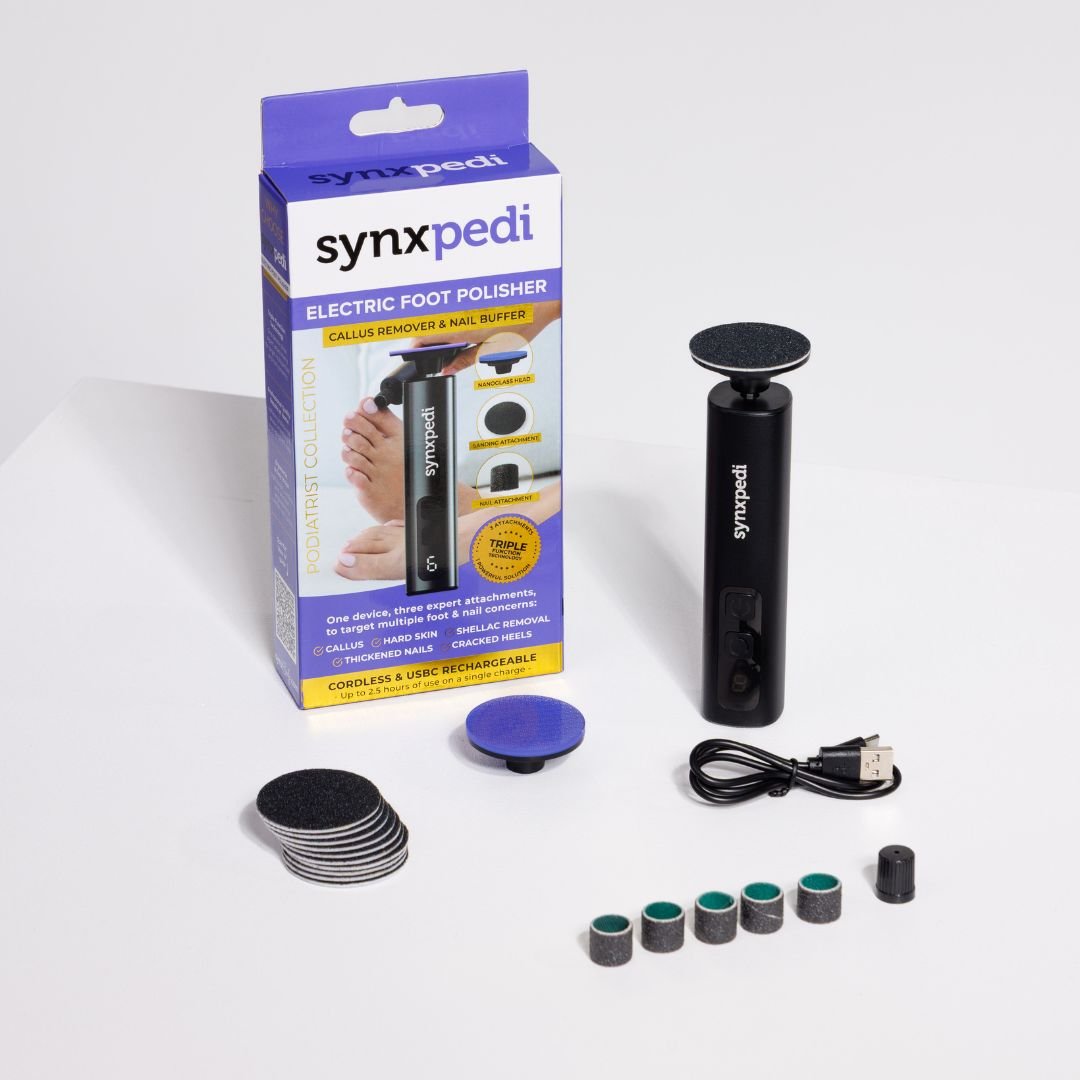If your child complains of sore legs in the afternoon/evening or during the night, then they might be experiencing growing pains.
And while it can be upsetting or worrying for both you and your child, please be reassured that in almost all cases, growing pains are not harmful.
Find out more about growing pains, what the symptoms are and how to help, below.

What are growing pains?
Growing pains (also known as Benign Nocturnal Limb Pains (BNLP)) are real pains felt around the muscles in the legs and feet. The most common ages affected are children aged between three and five years, and eight to eleven years., with both boys and girls equally affected.
Symptoms can include:
- pain in the legs – often the calf, front of thigh or behind the knees
- pain that is worse in the afternoon or evening (often waking the child at night)
The cause of growing pains is thought to be a result of the body reacting to times of rapid growth or vigorous physical activity. These are usually due to an imbalance between bone length and muscle strength, which occurs during growth, and settles as growth evens out.
Thankfully, there is no long-term damage to the child's bones or muscles, and growing pains can be treated by a variety of treatments.
How are growing pains diagnosed?
If your child is generally well and is free of pain during the day, there is no need to worry too much, and in most cases the growing pains will ease over time. But it can be worth seeing your doctor who can assess your child, rule out any other causes of pain and confirm they have growing pains.
However, swelling, tenderness, redness or limping are NOT features of growing pains so if these symptoms are occurring your child should see a doctor.
It’s also important to note that younger children might not actually be able to articulate what is happening. They may wake in the night seeming upset but not able to specify what is wrong. Therefore, any unexplained night-time wake ups should be looked at, and growing pains considered as a cause.
How to treat growing pains in children
We understand you want to help your child with growing pains, and so here are 8 tips to treat growing pains and offer some relief for them and for you:
- Use magnesium spray
Magnesium works to regulate muscle contractions, neuromuscular signals, and calcium levels in the body, and so a little bit of magnesium spray can often help kids ease their growing pains.
- Massage the affected area daily
Massage is proven to reduce the discomfort of growing pains and naturally soothe the affected areas. Don’t worry if you had a hard time getting your little ones to sit still, even a few minutes of massage can help relieve some of the discomfort.
- Ensure your child gets adequate rest
Pain can be worse in the evenings after physically active days (you might notice it is worse after sports training or a long day out). The pain can sometimes wake the child from sleep too, resulting in tiredness. So it is a good idea to keep a record of any patterns and try to factor in plenty of rest time.
- Epsom salt baths
Epsom salt in a warm bath can help soothe aching muscles, bones and joints – and it contains magnesium, which we already know is an important mineral for human health.
- Heat packs
Using heat packs on the affected areas can offer some quick relief.
- Nurofen or Ibuprofen
You can consider over-the-counter anti-inflammatory medicine such as ibuprofen or Nurofen (for kids) if the pain disturbs your child’s sleep through the night. Be sure to carefully follow the dosing instructions.
- Check their footwear
Ensure shoes have a strong heel counter, and the correct support in the right places. Most often the children who suffer from growing pains, tend to need more supportive shoes and just making a simple change can make a world of difference to their symptoms.
- Insoles for children

Our Synxsole Kids orthotics help to gently support your child through the arch, reducing strain on the muscles in the legs and feet and reducing pain associated with growing pains.
And remember, you can also give them lots of cuddles and reassurance that growing pains will ease eventually.
BONUS TIP
*A note about Sever’s disease (pain in the heels)
Sever’s disease, or ‘calcaneal apophysitis’, is a type of heel pain that some people think is the same as growing pains. But while the two conditions have a lot in common, they have different causes and treatments. Therefore, it is important to diagnose correctly.
We can help
If your child is experiencing growing pains, we acknowledge this can be uncomfortable and at times distressing. Please check out our range of insoles which are designed to help ease the pains and allow your child to move around freely.
Contact us at SynxBody to see how we can help you manage and treat all your foot and ankle pain conditions.






